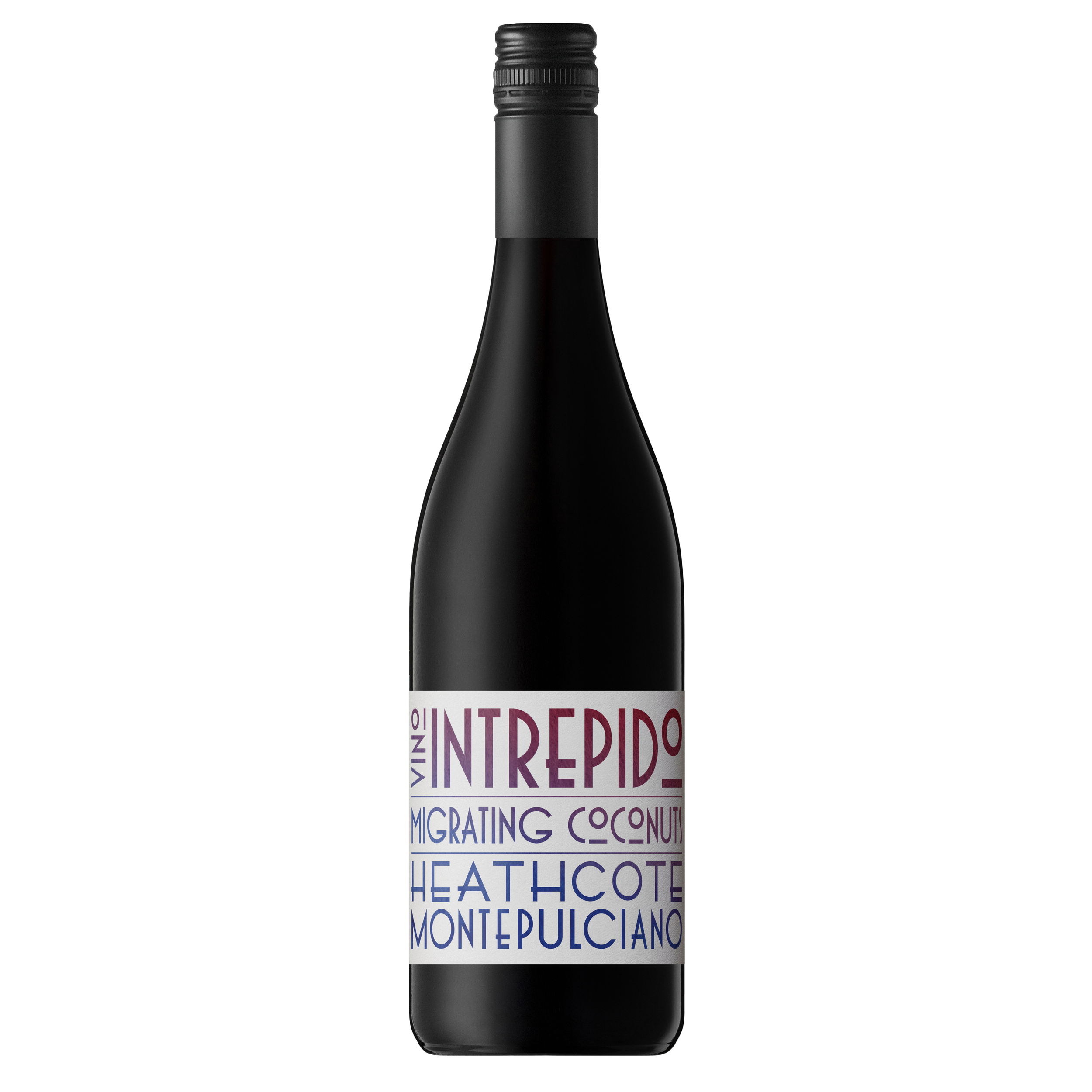Campbell Mattinson - Halliday Wine Companion
”Wild fermented then pressed to a mixture of new French oak puncheons and five-year-old French oak hogsheads. It offers cherry, red and black, and musk flavours with meanderings into deeper, darker, woodsier territory. It's both clean and characterful, with juicy acidity and firm-ish tannin, though both are kept well in hand. This is a good option if you're looking for a point of difference.” 91 points
Lisa Cardelli - Wine Pilot
”An impenetrable colour and nose. Then mulberries, blackberries, blackcurrants, black plums, with sweet accents of vanilla and cedar from the oak and the pungency of cracked black pepper. Sharp-with shark’s teeth tannins, here’s the true nature of Sagrantino. Some rhubarb and a touch of nettle, with a bitterish finish.” 89 points
Bronze Medal - Australian Alternative Varieties Wine Show 2022







